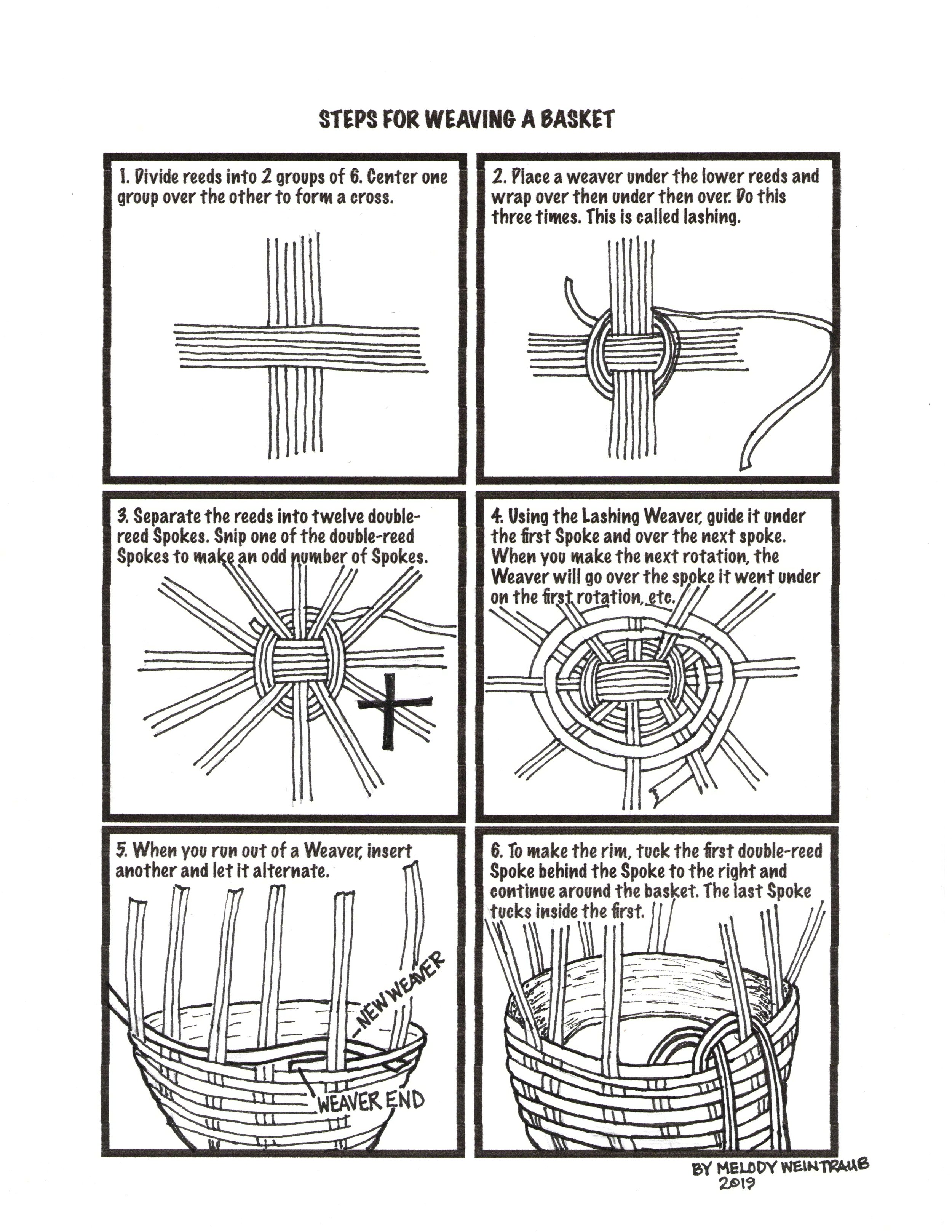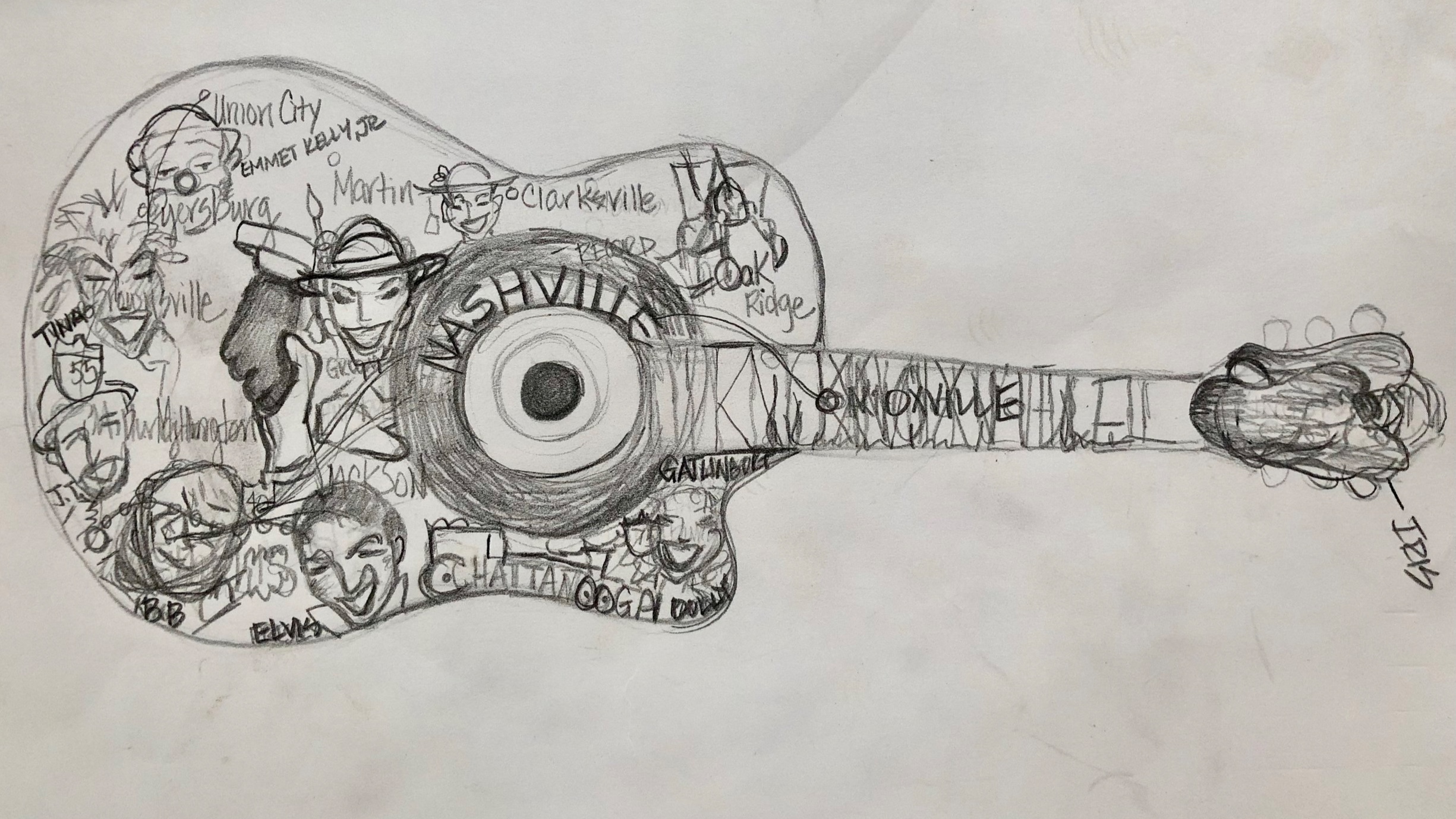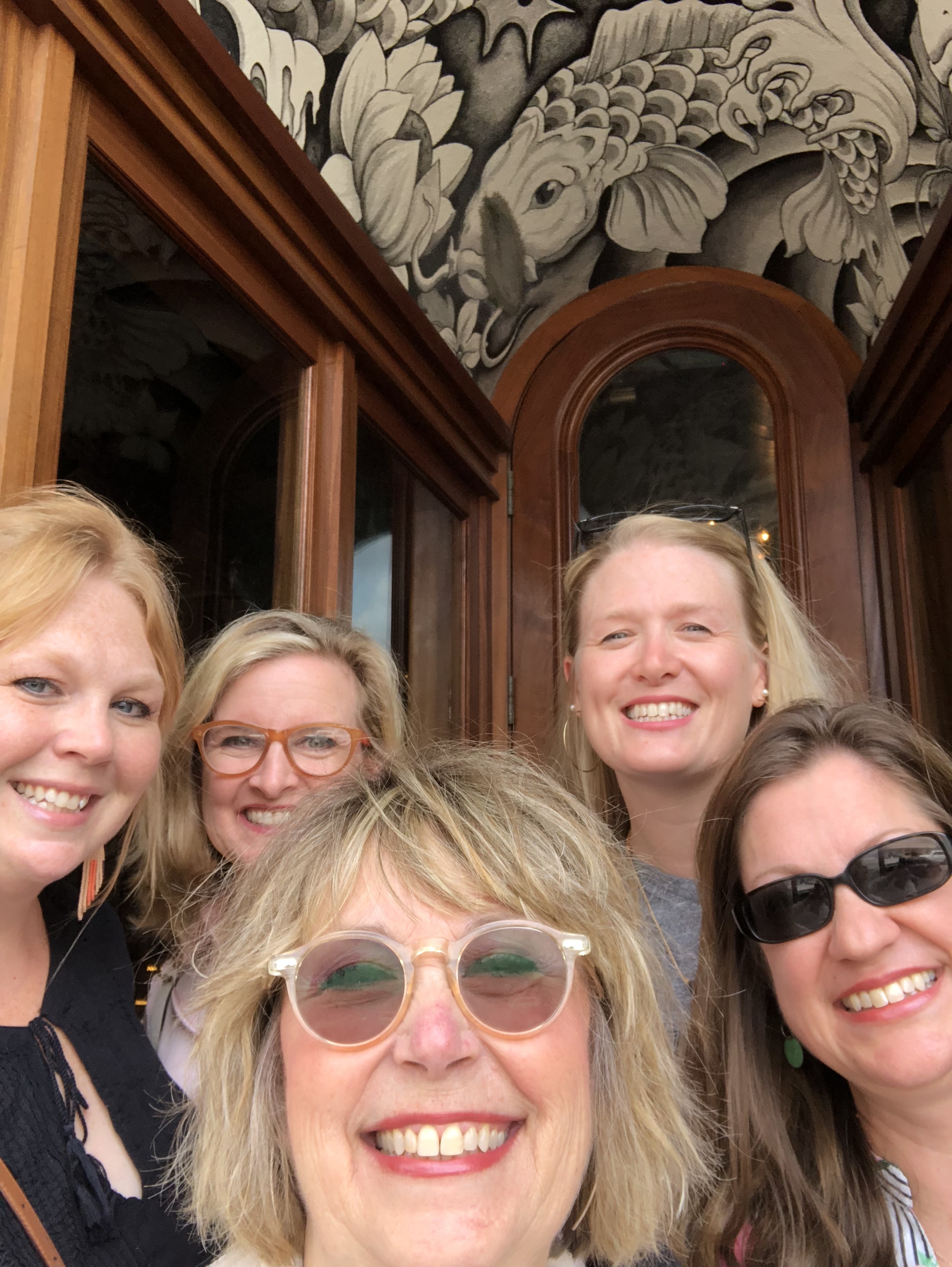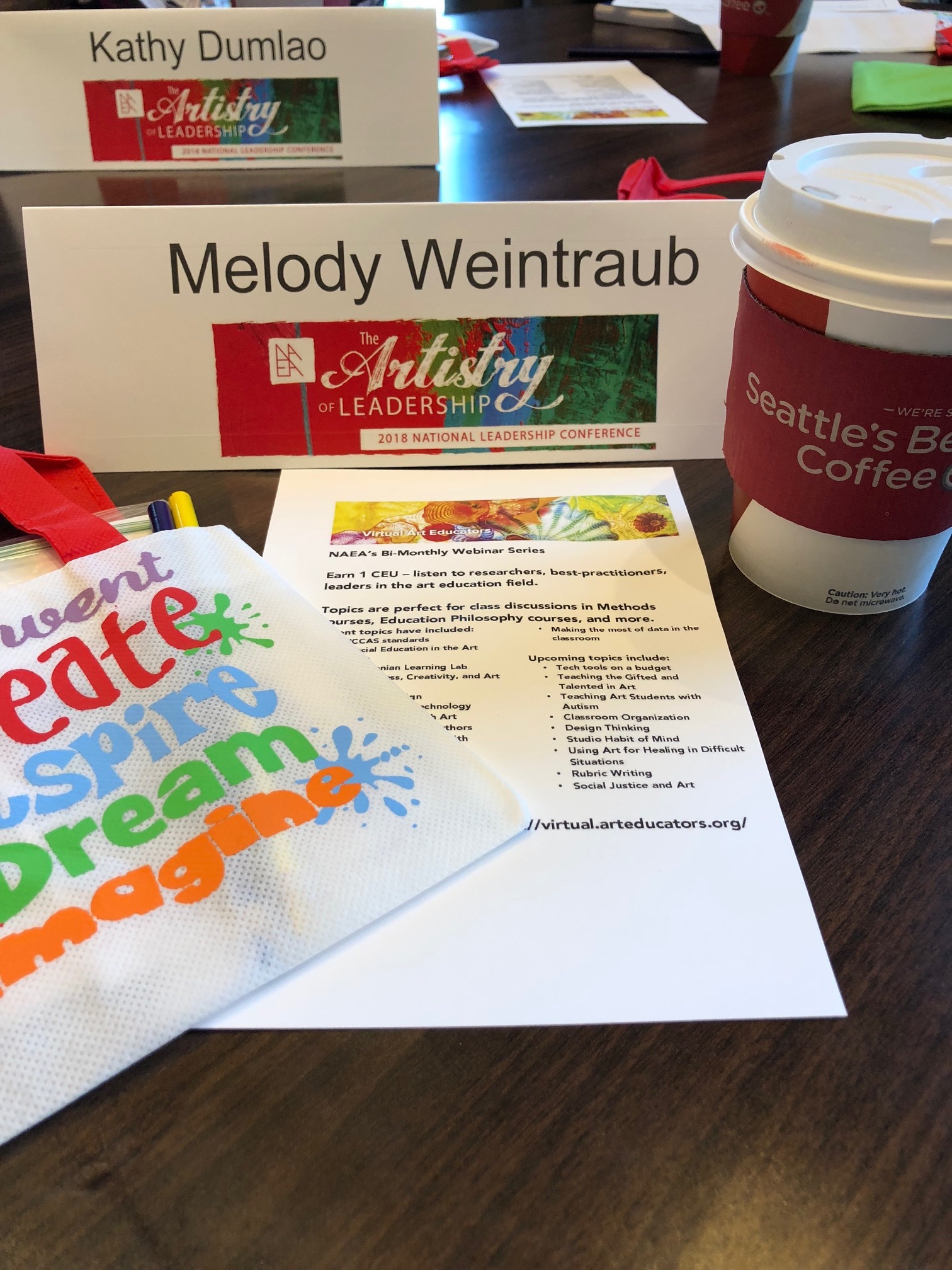March is Youth Art Month. That means March is set aside for us to stop and focus on the impact that all of the Arts have on the young people in this world. So to kick off Youth Art Month, I recreated an activity that I used at this time last year and later wrote about in the September 2019 issue of SchoolArts Magazine. This year, I created a handout (don’t start yawning). THIS handout can be found on my “Handouts and How To’s” section of this website. It explains to students that they are to write down, “Why Art Matters to Me.” I do this for two reasons. One reason I do this is because it enables my students to stop, think and verbalize why art matters in the first place. The other reason is because as an art teacher of those young people, I need to be reminded that I have a responsibility to make sure that this thing that matters so very much to these children will continue to matter even more to them.
Of course, I read every one of them, but I usually need a tissue handy. They are powerful words coming from these young people with their whole lives ahead of them. Here are a few excerpts:
Art matters to me because..
”Art allows me to express myself in many ways when I am unable to verbally express my emotions, thoughts, or feelings..Art helped me overcome some obstacles at times when I felt helpless..”
“Art help(s) me to be at peace..Art is my space to get away.”
“Art gives me a way to express myself (and) project what I’m feeling.”
“It lets me express myself. If I have..anger or sadness..leaving traces of it in my work.”
“Art shows (me) that I really shouldn’t give up when things get (difficult).”
“Art is how I express myself. I feel safe and comfortable when I do art.”
“It allows me to clear my head and get my ideas on paper..and to forget things and not worry..”
“Emotions can be very powerful and when you include them in art, they can mean something to others.”
“I don’t know how I would have made it in the world if I did not have art in some form. You can’t take art away. What would we be without it?”
Hear that? Do you see what an overwhelming responsibility we have as art educators? They don’t just “like” art because it’s “fun.” They NEED Art because it is NECESSARY. They need Art because the world is stressful. They need Art because the future is scary. They need art because it is the only way that some can find a voice to say what they really want to say. Let’s show them Why Art Matters to us too, but first… Let’s listen.

































































